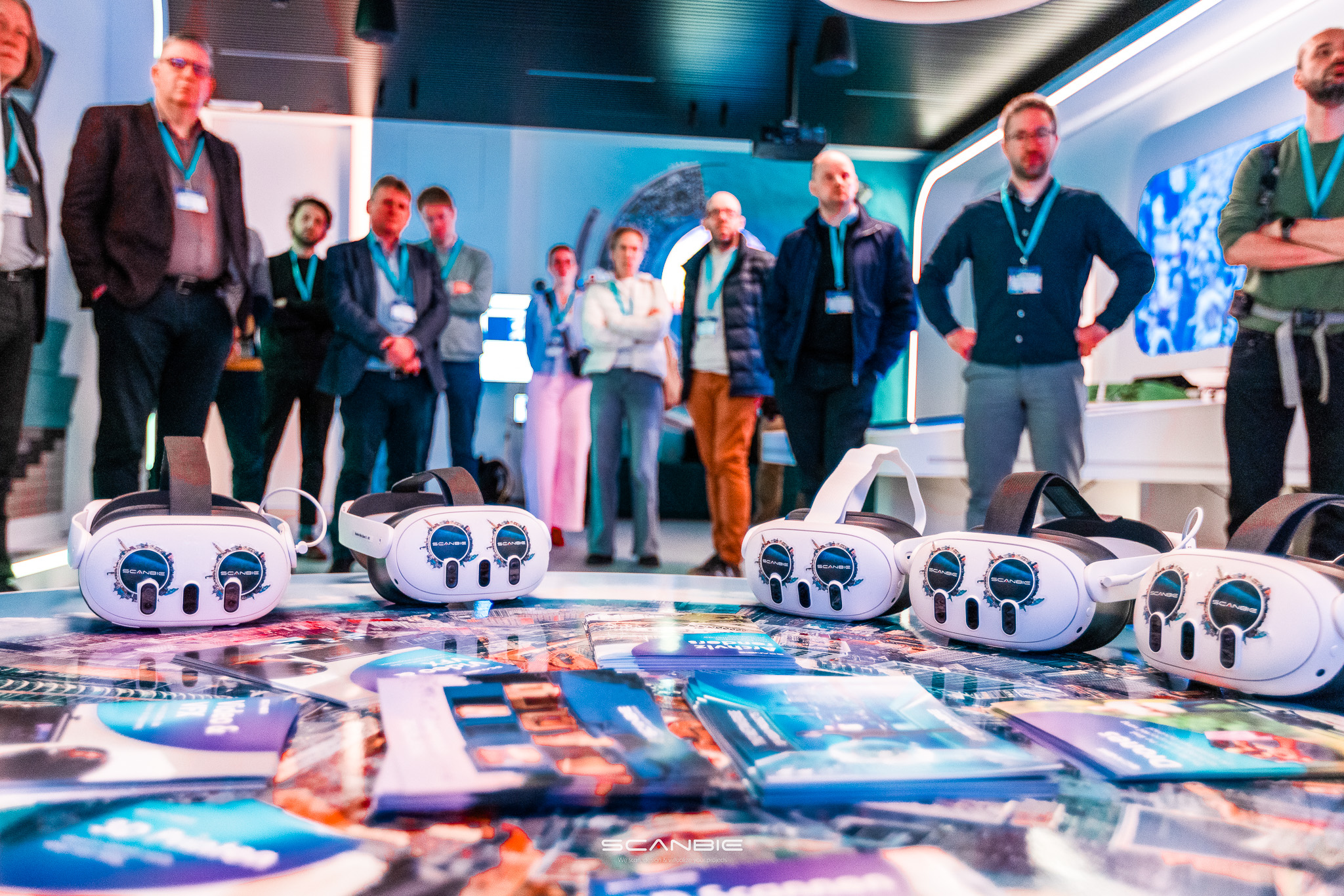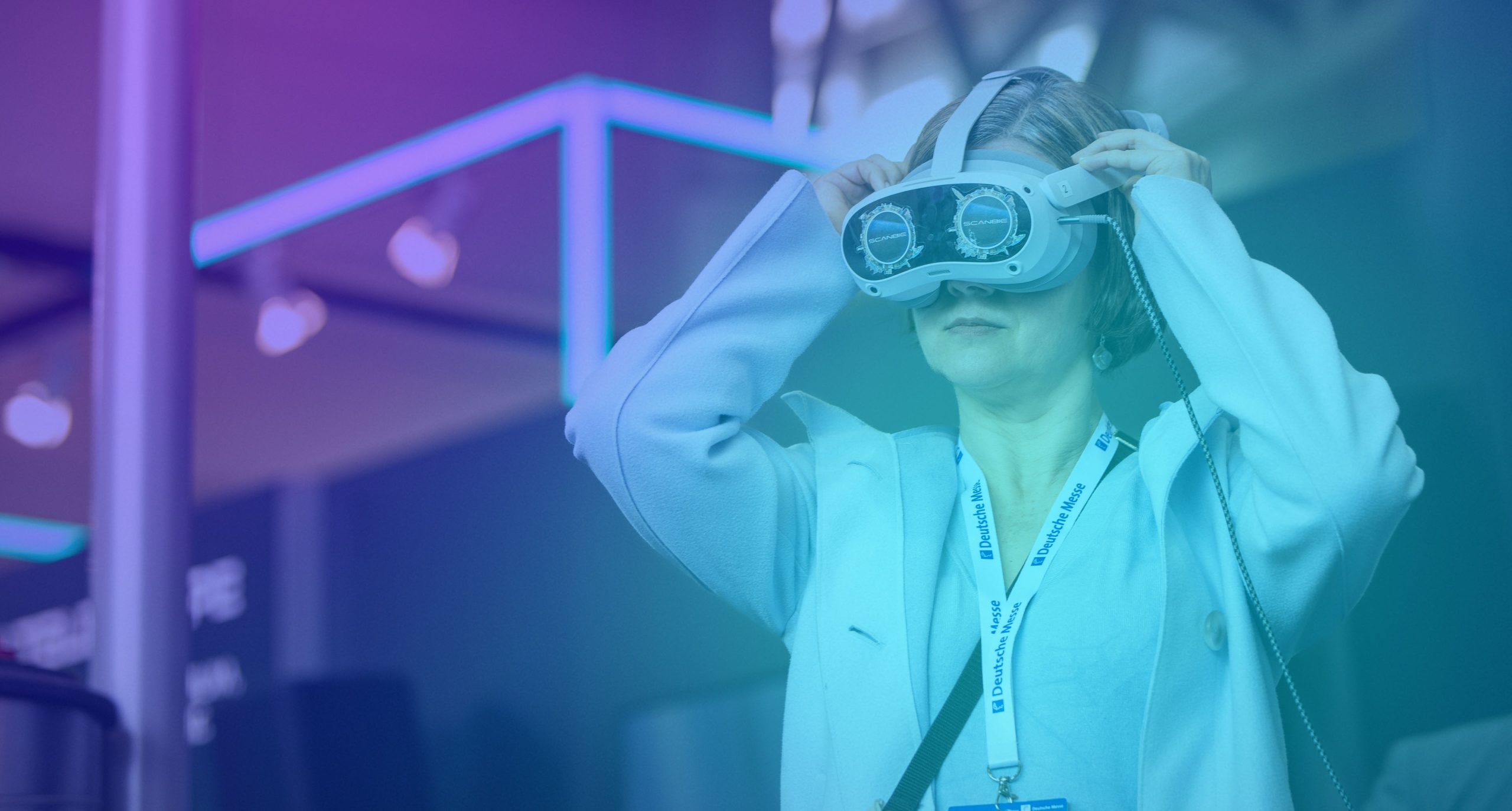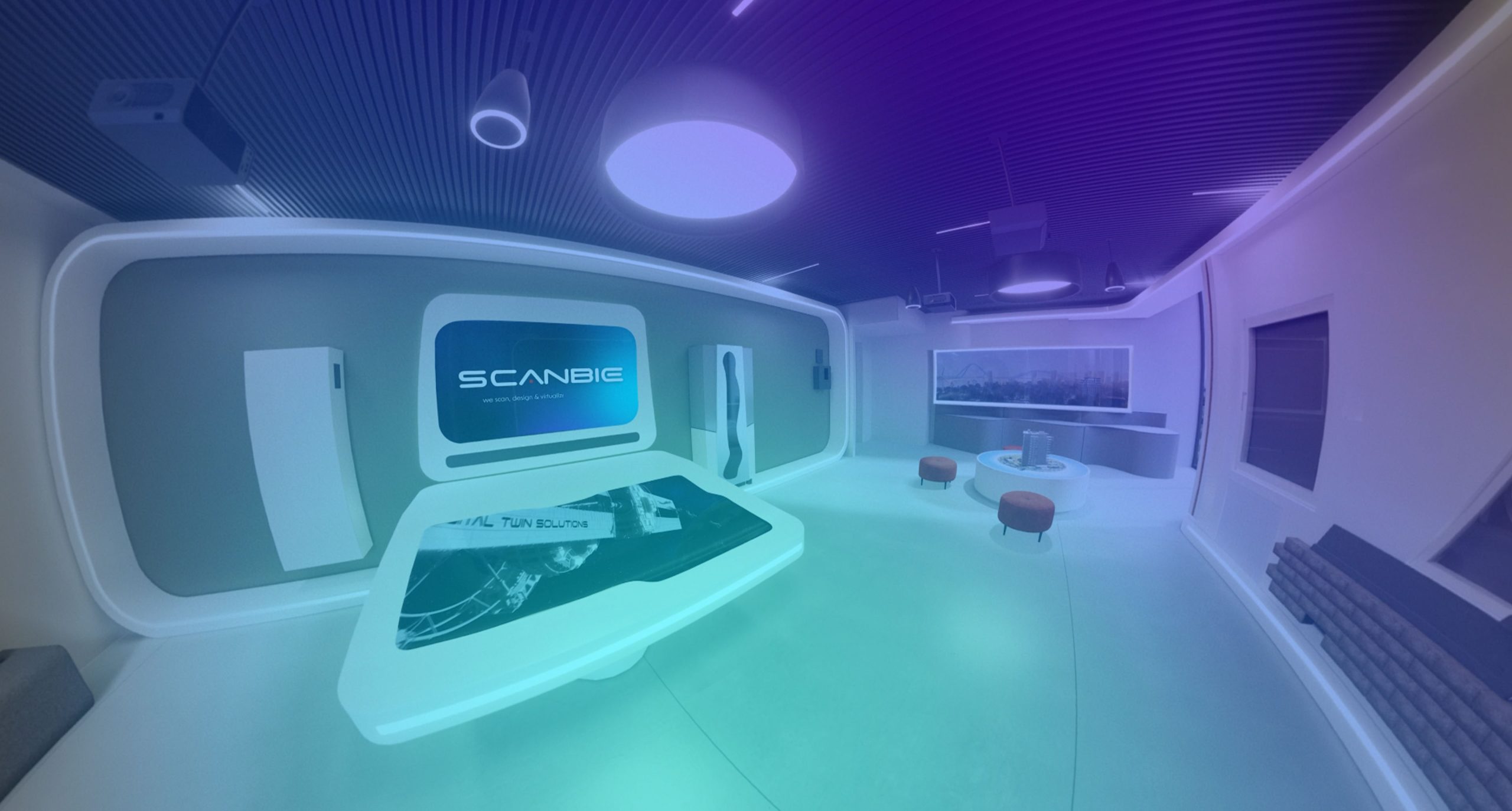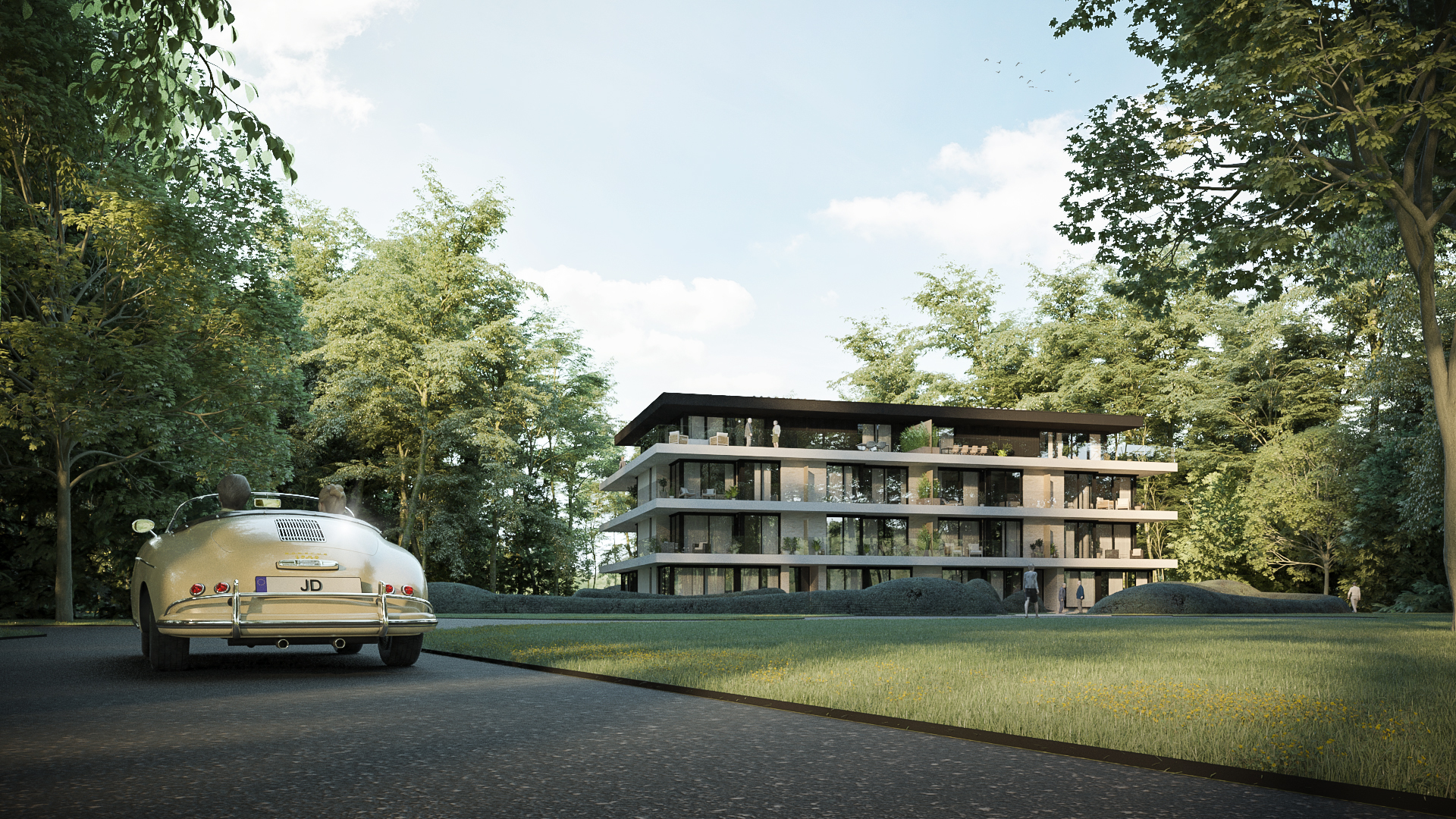
VR is more than tech — it’s a new way to see, learn, and create. Ready to explore?
The VR Effect in a Fast-Moving World
The world is changing faster than ever, with viewers’ attention spans dwindling and expectations rising. Digital experiences are no longer a luxury, but the norm, and in this fast-paced flow, virtual reality is not just keeping up – it’s leading.
VR blurs the line between the real and virtual worlds, turning simple ideas into interactive solutions. You’re designing or training your team or pitching a product – and VR is there to make those decisions happen. And it’s no longer just “watching.” It’s immersing yourself and being there.
Borderless Experience — No Matter the Location
Virtual reality breaks down traditional barriers of space and time, offering people limitless experiences regardless of their physical location. Imagine no longer needing to fly to another country to tour a future office, attend an international expo, or participate in a workshop with world-class experts.
For businesses, this means the ability to collaborate with clients and partners worldwide without the added cost of travel or logistics. For education, it enables safe and effective skill development in realistic conditions. For culture and tourism, it provides access to landmarks and museums even for those who cannot visit physically.
VR also creates new opportunities for inclusivity — allowing people with disabilities or those living in remote areas to experience what was once unreachable. No special skills are required — just a headset and an internet connection. From there, technology takes over. Virtual reality is now revolutionizing the way we live, learn and work, erasing the boundaries between us and the world around us in a real time.

From Controller to Consciousness: Gaming Gets Real
VR radically transforms our understanding of gaming, learning, and even healthcare. It has opened a new era in gaming — where you’re not just controlling a character but becoming the hero. As part of the storyline, you interact with space and characters, responding with both body and mind. The sensations feel real, and the emotions are genuine. VR video games delivers a deeper, more satisfying experience than traditional gameplay — a fact supported not only by user feedback but by scientific research. But gaming is only one piece of VR’s potential. The same principles of immersion and simulation are being applied in critical fields — from training pilots and rescue teams to
educating surgeons and operators of complex equipment. In rehabilitation, VR and 3D simulations provide patients with a safe environment to rebuild motor skills, motivate through gamified challenges, and gradually return to active life. In corporate training, simulations allow practice in high-stress or risky scenarios — from handling equipment to customer service. In short, virtual reality offers a platform for growth, training, and recovery that combines the emotional engagement of gaming with the practicality of simulation..

More Than VR: Scanbie and the Evolution of the Human Interface
All of this proves that VR is not just a trendy technology, but a new interface for how humans interact with the world. It doesn’t replace reality — it expands it. At Scanbie, we bring years of expertise in building immersive environments that balance emotional impact with technical precision. Our team combines creative vision with advanced 3D modeling, interactivity design, and user-first thinking to deliver virtual experiences that resonate. From business simulations and interactive product demos to educational environments and cultural showcases, we’ve helped companies across sectors unlock the full value of VR. For us, it’s not about using VR for the sake of novelty — it’s about integrating it meaningfully into real processes.

Final Thoughts
VR is a technology designed to spark emotional reactions and create unforgettable experiences. This “wow effect” helps users not only understand a product or idea better but also make faster and more confident decisions. For example, a potential buyer doesn’t just see a 3D model of an apartment — they can walk through it, feel the scale, and sense the atmosphere. This level of immersion builds trust, deepens engagement, and accelerates decision-making — in business, education, design, medicine, and beyond. VR transforms a presentation into an experience — and that’s what makes it so powerful.